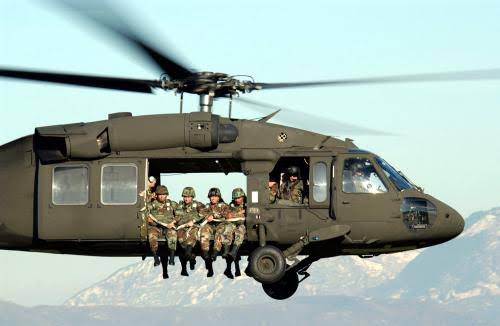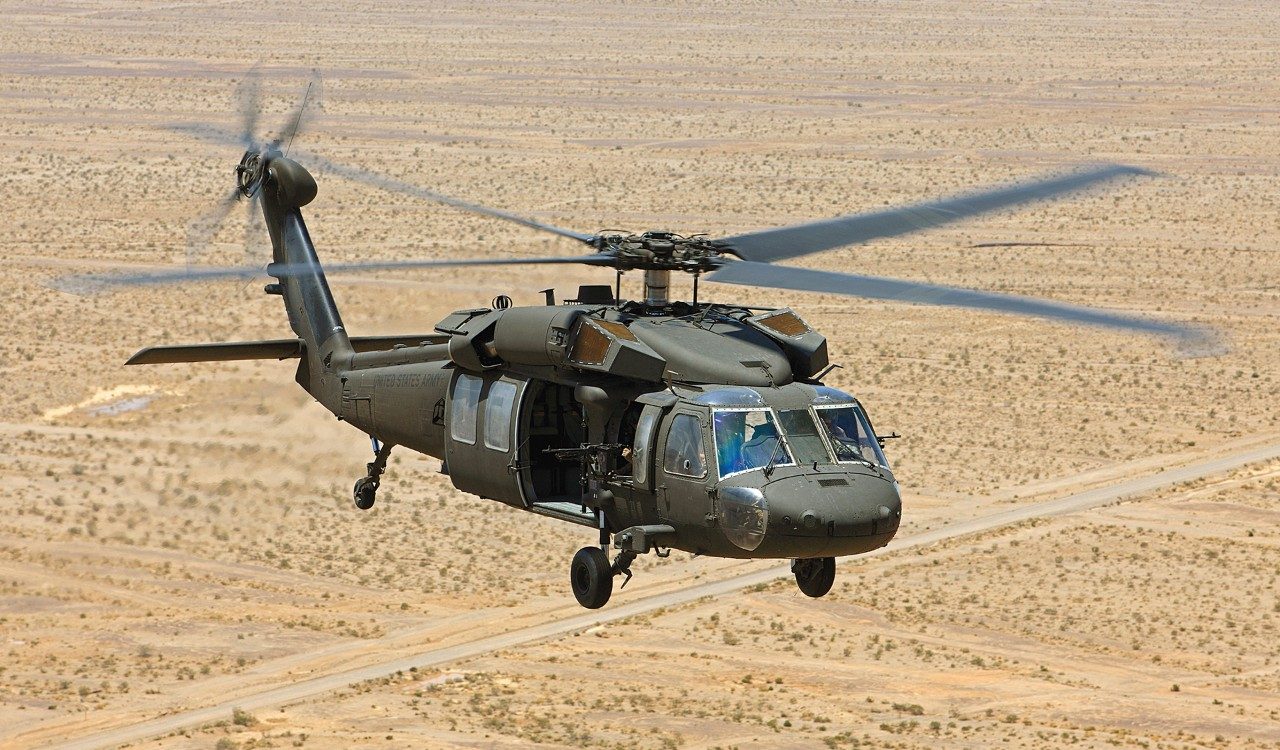UH 60 Black Hawk: Military Helicopter Features and Capabilities
UH 60 Black Hawk: Military Helicopter Features and Capabilities
Blog Article
Exploring the Ingenious Modern Technology Behind Aircraft Style and Engineering
The field of aircraft design and engineering is observing a transformative shift driven by innovative innovations that boost sustainability, efficiency, and efficiency. As the sector grapples with the difficulties of environmental responsibility, growths in sustainable aviation modern technologies guarantee to reshape the future.
Advanced Materials in Aircraft Design
Just how can the combination of advanced materials change airplane design? The consolidation of innovative products, such as carbon fiber compounds, titanium alloys, and advanced porcelains, plays an important function in boosting airplane efficiency and efficiency. These materials provide remarkable strength-to-weight proportions, making it possible for makers to lower general aircraft weight without jeopardizing architectural honesty. This reduction in weight directly adds to boosted fuel effectiveness and increased haul ability.
Additionally, advanced materials exhibit boosted resistance to corrosion and fatigue, resulting in reduced upkeep prices and extensive solution life. For circumstances, using titanium in important elements helps hold up against severe temperatures and tensions, while carbon fiber composites give adaptability in style and manufacturing processes. This adaptability enables even more wind resistant forms, adding to superior performance attributes.
Moreover, the combination of smart products, which can change residential properties in action to external stimuli, opens up new methods for adaptive systems in airplane style. uh 60. These developments promise not just to boost safety and security and functional efficiency but likewise to add to sustainability initiatives by lessening environmental effect through minimized discharges. In summary, progressed products are redefining the landscape of aircraft style, leading the method for much more efficient, sturdy, and eco-friendly aeronautics services
Wind Resistant Innovations for Effectiveness
Wind resistant developments play a critical function in enhancing airplane effectiveness, dramatically influencing fuel intake and overall performance. Developments in airfoil layout, such as the intro of supercritical wings, enable enhanced lift-to-drag ratios, reducing drag at transonic speeds. These developments enable aircraft to keep higher rates with reduced gas expense, directly affecting functional costs and ecological sustainability.
Furthermore, the combination of winglets has actually proven efficient in mitigating vortex-induced drag at the suggestions of wings, additionally boosting fuel performance - uh 60. This design modification results in a reduction in wake disturbance, adding to boosted wind resistant performance during cruise ship conditions

Moreover, computational fluid dynamics (CFD) tools have transformed the screening and improvement of wind resistant shapes, permitting accurate simulations of airflow around airplane (uh 60). This enables designers to innovate continuously, ensuring that modern airplane not just meet regulative criteria however likewise press the boundaries of efficiency in aeronautics

Role of Computer Simulations
Computer system simulations have ended up being an indispensable tool in the area of aircraft layout, making it possible for designers to perform thorough evaluations and optimizations of numerous style aspects. These simulations permit for the online screening of aerodynamic properties, structural stability, and efficiency metrics long before physical models are constructed. By employing computational liquid characteristics (CFD) and finite aspect evaluation (FEA), engineers can forecast exactly how air moves around the aircraft and how various products will certainly reply to anxiety and pressure.
Moreover, computer simulations assist in the expedition of a variety of situations and variables, increasing the design process and minimizing prices related to physical testing. This capability not only boosts the accuracy of forecasts concerning airplane actions but also provides insights into prospective style renovations that could not be promptly apparent via traditional methods.

In addition, simulations assist ensure compliance with stringent security guidelines by enabling designers to recognize and remedy prospective concerns early in more helpful hints the layout stage. The assimilation of simulation modern technologies right into the airplane style process underscores the significant advancements in engineering techniques, inevitably adding to the growth of more secure, much more efficient, and eco pleasant aircraft.
Artificial Intelligence in Design
Artificial intelligence (AI) is changing the engineering landscape, especially in airplane design, by maximizing and boosting decision-making processes style workflows. Via artificial intelligence algorithms, AI can assess vast datasets, uncovering patterns and understandings that notify design choices and improve general performance.
AI applications in airplane design include generative design, where algorithms produce several layout options based upon specified specifications, enabling designers to assess a more comprehensive variety of opportunities. This not just accelerates the design phase but likewise makes sure that the last products fulfill rigorous performance and safety criteria.
Moreover, AI-driven predictive analytics help with maintenance organizing by analyzing historical data and forecasting potential failures. This aggressive strategy lowers downtime and improves airplane reliability.
Additionally, AI help in simulation and modeling, making it possible for engineers to check designs Full Report under numerous problems without the demand for physical models. This ability reduces advancement timelines and decreases costs associated with conventional testing methods.
Lasting Air Travel Technologies
The solution lies in the fostering of lasting aeronautics modern technologies that focus on performance and reduce carbon discharges. Innovations such as lasting aviation gas (SAFs), which are derived from sustainable resources, have arised as a vital part in achieving lower lifecycle discharges.
Moreover, improvements in airplane style, such as the growth of lighter materials and even more aerodynamically reliable shapes, add to improved gas efficiency. Electric and hybrid propulsion systems are likewise getting traction, using a path to decrease dependence on nonrenewable fuel sources and reduce greenhouse gas exhausts.
The integration of these innovations is sustained by governing frameworks and sector partnerships aimed at establishing enthusiastic sustainability targets. Additionally, digital devices like information analytics and artificial intelligence can enhance trip procedures, visit this page further improving gas performance. By embracing sustainable methods and modern technologies, the aeronautics market can not only fulfill the growing demand for flight yet additionally play a critical function in attending to environment adjustment, guaranteeing a much more lasting future for air transportation.
Final Thought
The merging of sophisticated materials, wind resistant technologies, and innovative technologies notes a substantial advancement in aircraft design and design. The combination of carbon fiber composites, titanium alloys, and AI-driven procedures not only enhances efficiency and efficiency but also simplifies process and anticipating maintenance.

Computer simulations have ended up being a vital tool in the field of aircraft style, allowing designers to perform comprehensive analyses and optimizations of various design aspects.The merging of advanced materials, wind resistant technologies, and cutting-edge innovations marks a considerable development in airplane style and engineering.
Report this page